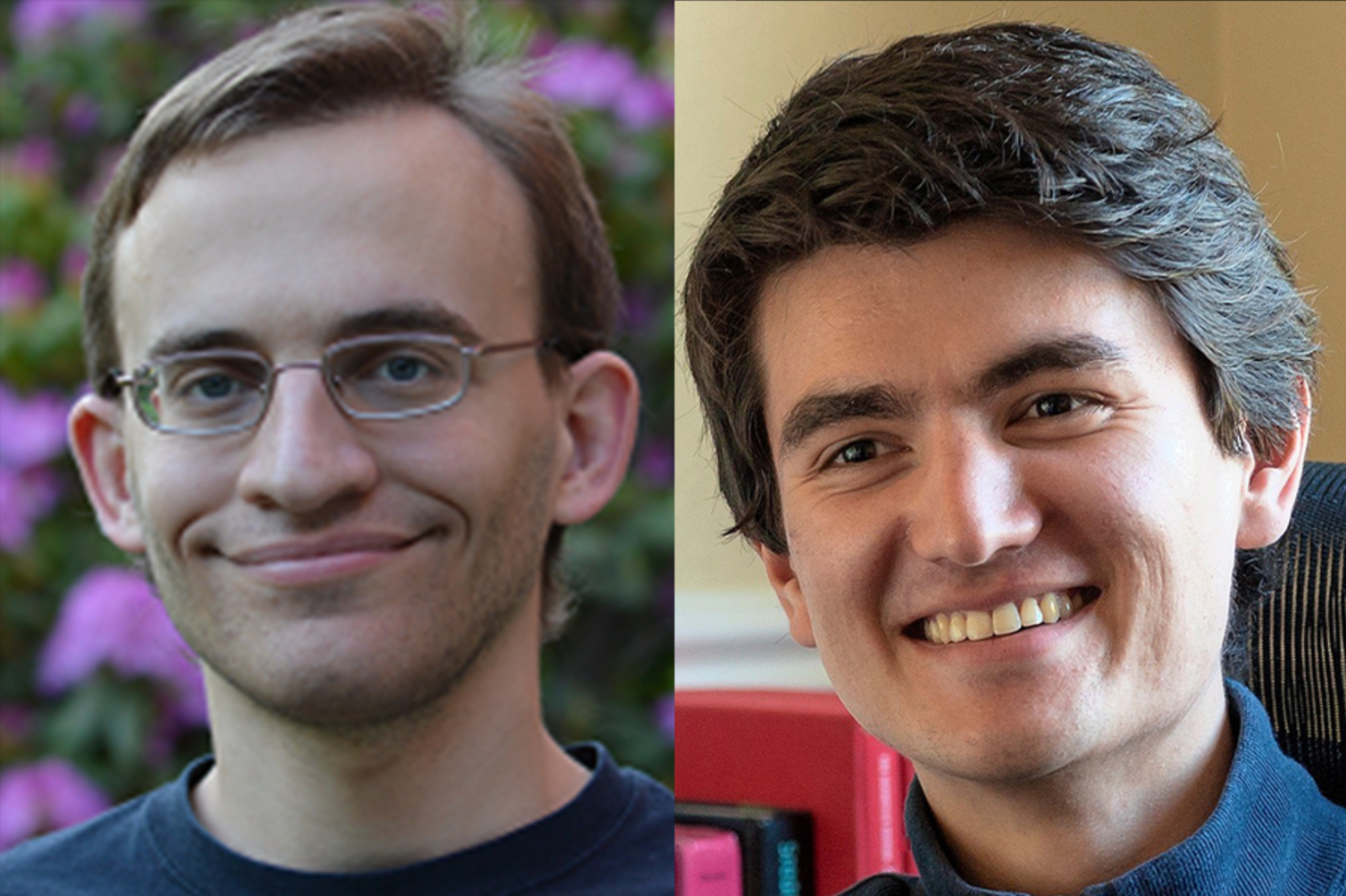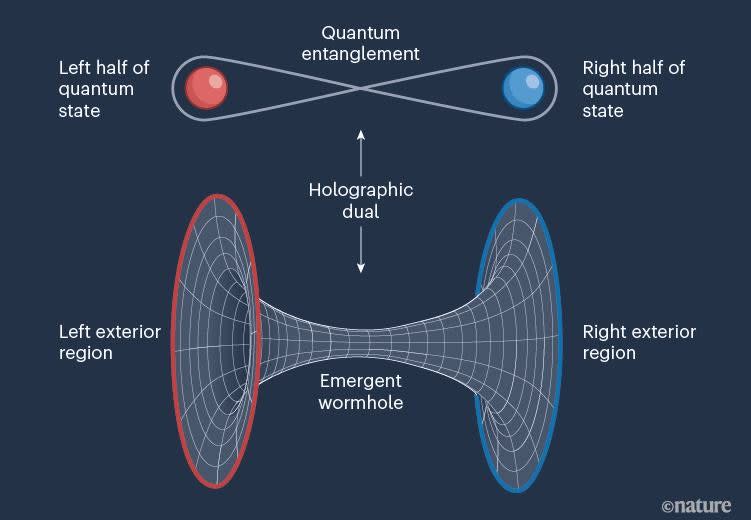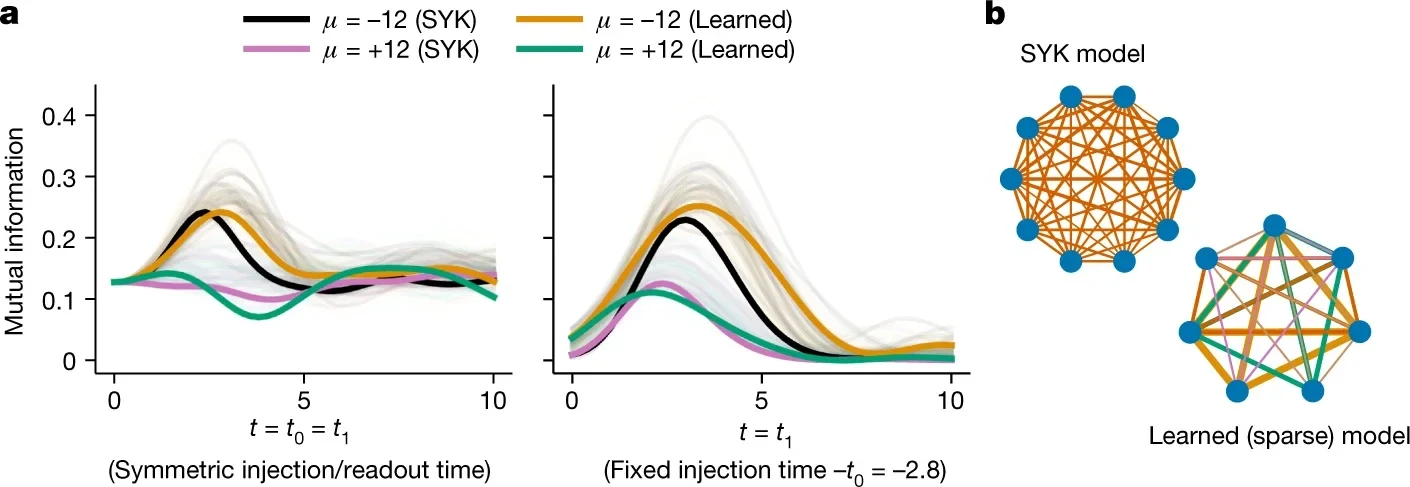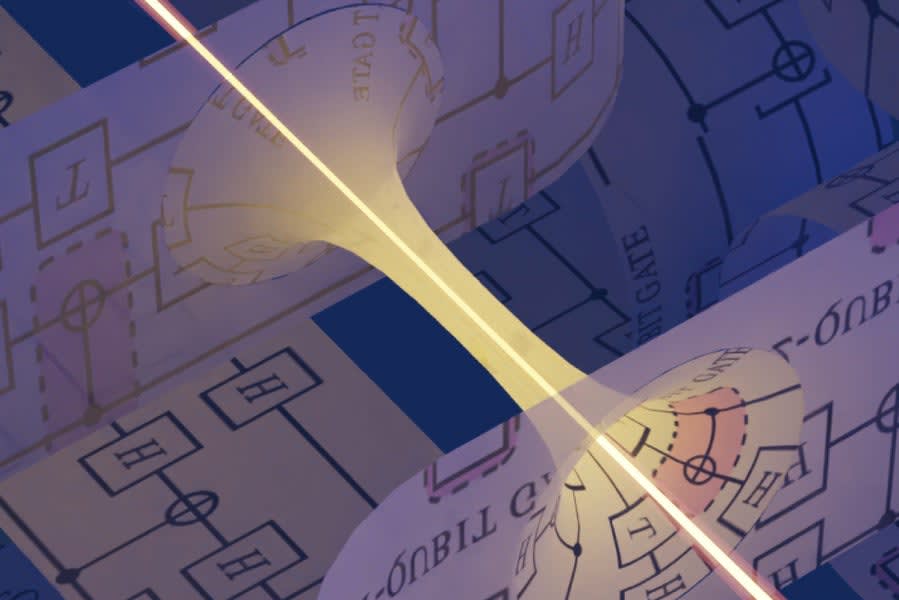A recent experiment utilizing Google’s Sycamore quantum processor has made a significant advancement in examining theories related toquantum gravity. For the first time, scientists managed to transmit quantum information through a quantum system in a manner that resembles how a wormhole might function—if it were real.
Although this does not imply that anyone created an actual hole in the structure of spacetime, the team employed a strong model that enabled information to transfer between different regions through a quantum teleportation method. Unlike the wormholes seen in Hollywood, this one was located within a computer chip.
Teleporting through quantum spacetime
The concept of a traversable wormhole arises from an unexpected connection between gravity andquantum entanglement. This idea—known as the ER=EPR hypothesis—proposes that the “spooky action at a distance” observed in entangled particles may reflect the characteristics of a wormhole. According to this perspective, entanglement and the structure of spacetime could represent two aspects of the same fundamental principle.

The group employed a widely recognized theoretical framework known as theSachdev–Ye–Kitaev (SYK) model, which models a chaotic quantum system with characteristics similar to those observed in black hole physics. The SYK model is believed to have a corresponding gravitational description within two-dimensional anti-de Sitter (AdS2) space, a curved spacetime frequently utilized in theoretical physics.
The innovative approach involved scientists employing a quantum teleportation method to mimic the movement of a qubit—essentially the fundamental building block of quantum data—across this simulated wormhole.
From intricate concepts to actual qubits
The scientists encountered a major obstacle: how to reduce the size of a model that was intricate enough to demonstrategravitational behavior, yet straightforward enough to operate on existing quantum systems.
To address this, the team applied machine learning methods to “sparsify” the SYK model—reducing the number of interactions while maintaining key physical principles. This method allowed them to run the simulation with just nine qubits and 164 two-qubit gates, enabling the experiment on the Sycamore quantum processor.
Related Stories
・Physicists employ a 5,564-qubit quantum computer to simulate the end of our universe.
・Quantum computing with silicon qubits moves closer to practical scalability
・Subatomic wormholes might explain the expansion of the universe.
“The intricate quantum circuits needed would have rendered larger systems with hundreds of qubits unfeasible on current quantum platforms, which is why identifying these small examples was crucial,” said Alexander Zlokapa, a second-year graduate student at MIT who co-led the study.
Zlokapa, who started this research as an undergraduate in Maria Spiropulu’s lab atCaltech, collaborated closely with postdoctoral researcher David Kolchmeyer andMITProfessor Daniel Harlow. He collaborated with physicists fromHarvard, Caltech, Fermilab, and Google Quantum AI.
How the wormhole opened
In the laboratory, scientists developed two entangled quantum systems, each functioning as a model for a black hole. They subsequently introduced a qubit to one side and applied a negative energy shockwave to the system. This disruption enabled the qubit to move to the other side, simulating how awormhole might carry information.
The whole process was directed by the size-winding mechanism, which explains how quantum information becomes scrambled in one section of the system and then unscrambled in another. The researchers confirmed that signals appeared in a cause-and-effect, time-ordered manner, matching expectations for wormhole behavior.

We demonstrated that if a wormhole remains open for a sufficient duration due to negative energy shockwaves, a causal connection is formed between the two quantum systems,” said Spiropulu from Caltech. “The qubit introduced into one system is indeed the same one that emerges on the other system.
This study employed a thermofield double state—a unique type of entanglement between two quantum systems that mirrors a wormhole linking two distinct regions.black holes. When this system is disrupted at the precise moment, a pathway emerges allowing the qubit to move through.
Not just a simulation
Even though the outcomes aligned with what classical simulations had forecasted, this experiment went beyond mere digital replication. It was a tangible implementation using real-world elements.qubits and real-time quantum logic.
This differs from running a simulation on a traditional computer,” noted Spiropulu. “In a standard simulation, no actual physical system is generated. In this case, we observed the information moving through the wormhole.

Scientists analyzed quantum information alongside results from traditional computers to check for precision. The result aligned with predictions for wormhole-like teleportation and scrambling processes.
They noted phenomena like the Shapiro time delay, which happens when signals require more time to travel because ofgravitational effects. Although the system was merely a representation of actual gravity, it demonstrated these essential characteristics.
Opening access to laboratory-based quantum gravity
This work, published in Nature, makes theoretical physics more accessible in the laboratory. It creates new methods to investigate the holographic principle, which suggests that information within a space can be represented by data on its surface. It also reinforces the concept that quantum entanglement can influence the structure of spacetime.
Kolchmeyer, who received guidance from Jafferis during his doctoral studies, stated, “These physicists identified a quantum process that enables a wormhole to be traversable by establishing a direct connection between distant space-time regions, utilizing a basic quantum dynamic system involving fermions.”

“We utilized these entangled quantum systems to create what we call ‘wormhole teleportation’ through quantum computing and verified the findings using classical computers,” he added.
This was not a simple endeavor. Creating a system capable of sustaining entanglement and enabling information teleportation was challenging. However, the achievement demonstrates that currently,quantum computers—even if still in the initial phases—can examine complex concepts from quantum gravity and string theory.
A peek at what’s to come A look ahead in time A preview of tomorrow A view into the upcoming era A glimpse of what lies ahead
Although this experiment does not yet provide a full laboratory model of quantum gravity, it represents a significant breakthrough. Scientists now plan to examine more complex wormhole models, possibly even inhigher dimensions. However, they will require improved hardware, more qubits, and increased processing capability to achieve that.
This marks a hopeful first step,” stated MIT physicist Daniel Harlow. “Modeling highly-interacting quantum systems, like those that appear in quantum gravity, is among the most fascinating uses of quantum computers.

Zlokapa agrees. “I’m really interested in seeing how much more we can explore quantum gravity using current quantum computers,” he stated. “We have specific plans for future research that I’m very enthusiastic about.”
This research was funded by the Department of Energy’s Office of High Energy Physics under theQuantISED program, which supports initiatives aimed at investigating quantum communication channels within the field of fundamental physics.
As quantum computing advances, you could soon see more theories from the boundaries of physics come to life—within a processor.
Note: The article mentioned above was provided byThe Positive Aspect of News.
Like these types of uplifting stories? GetThe Positive Aspect of News’ newsletter.



